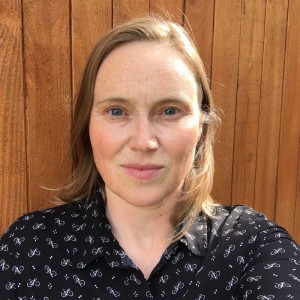
Shayna Stock
Shayna Stock mainly writes poems and policies these days. She was editor/publisher of Briarpatch Magazine from 2007-2012.
-
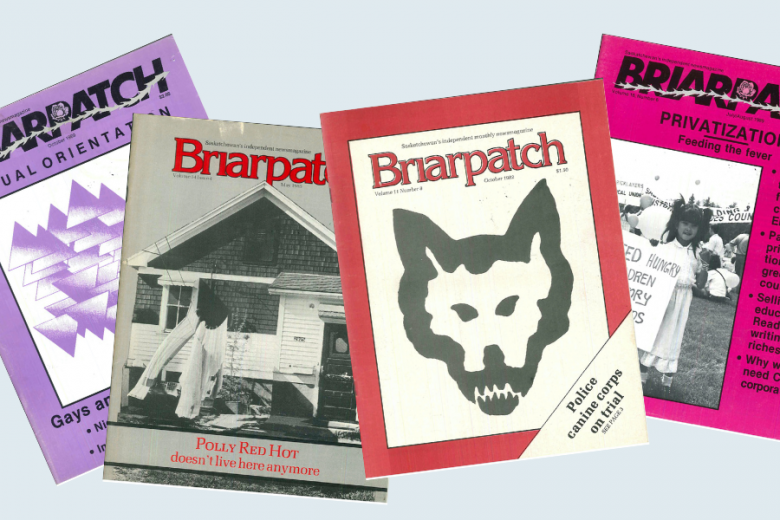
50 years of editing Briarpatch
-
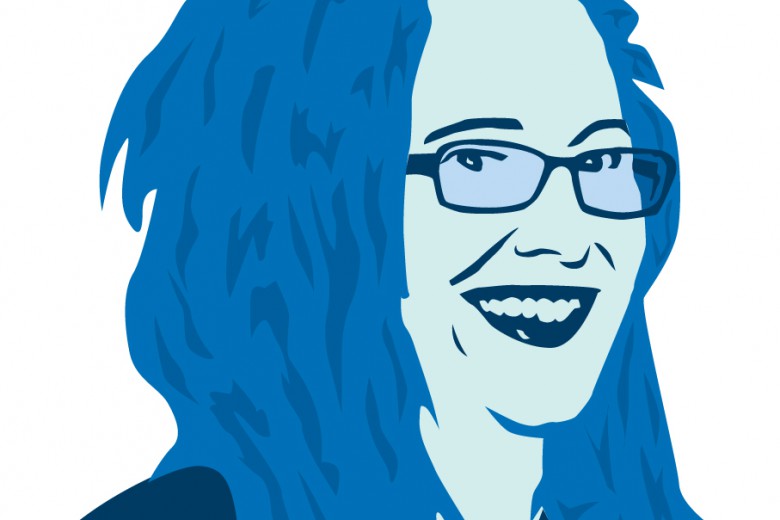
Dear Briarpatch
-
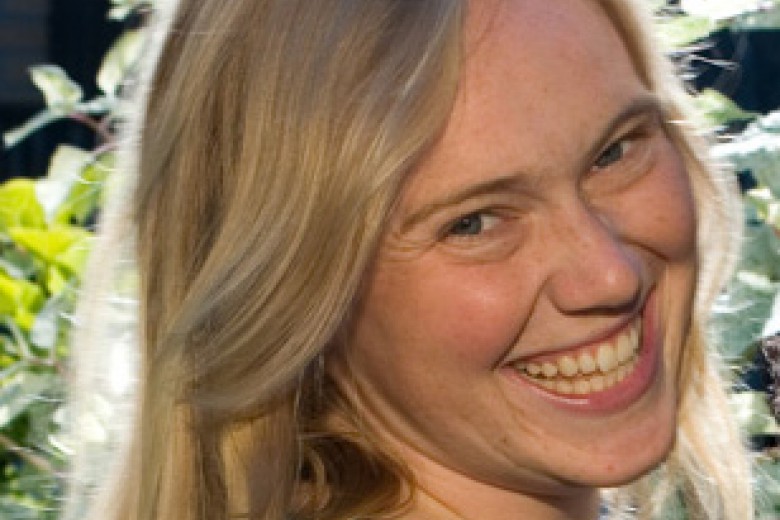
Letter from the editor
-
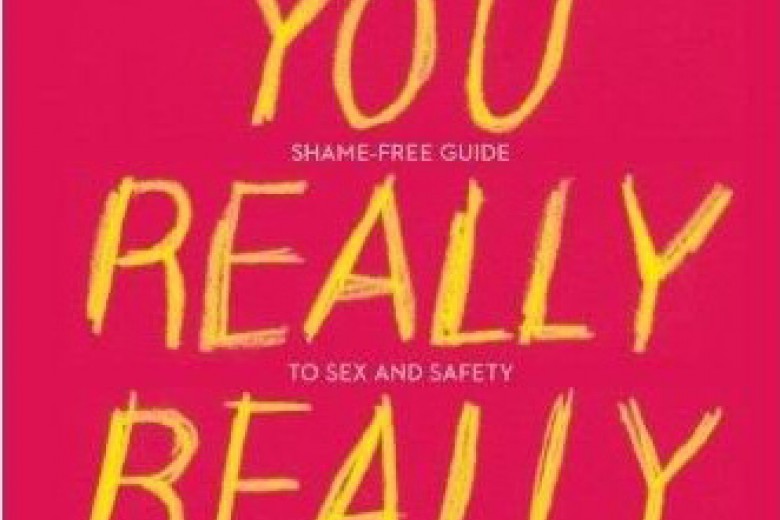
Toward sexual self-determination
-
1_780_520_90_s_c1.jpg)
Letter from the editor
-
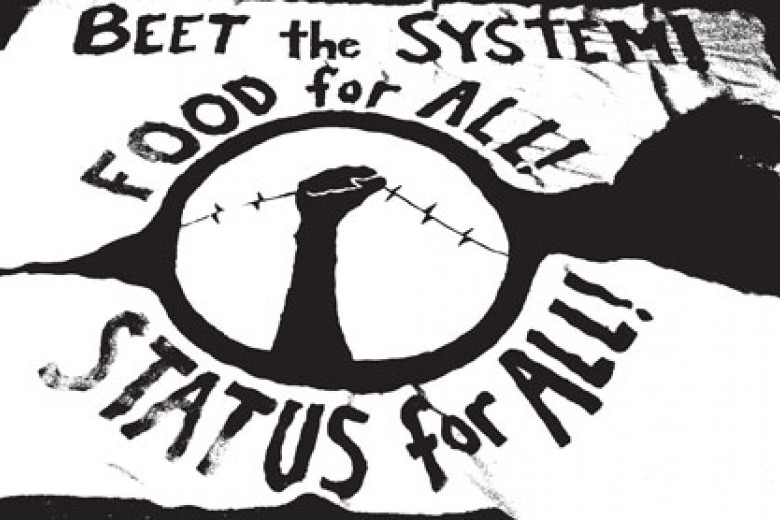
Letter from the editor
-
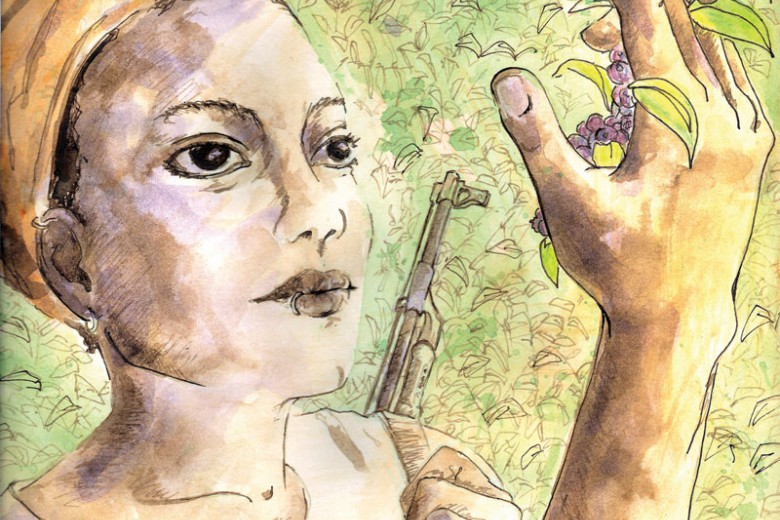
Letter from the editor
-
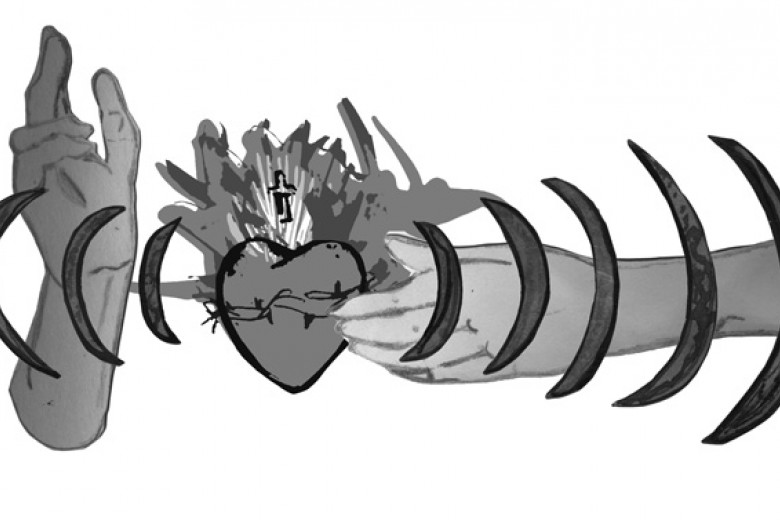
Letter from the editor
-

Letter from the editor
-
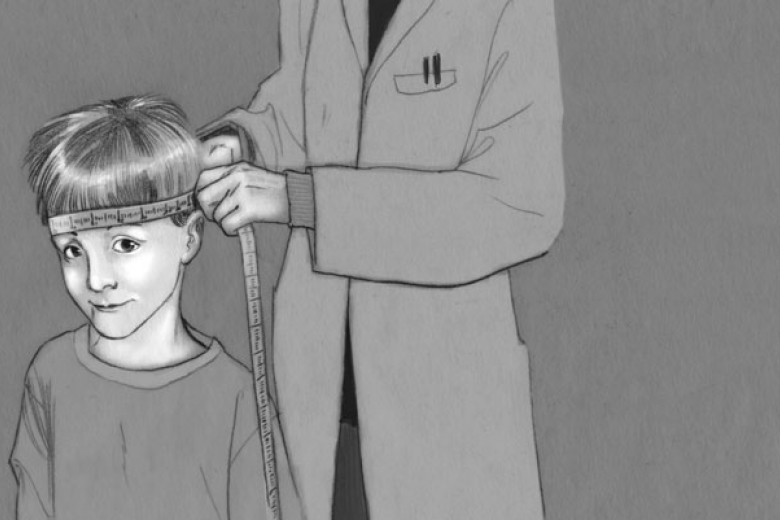
The road to Flobbertown
-
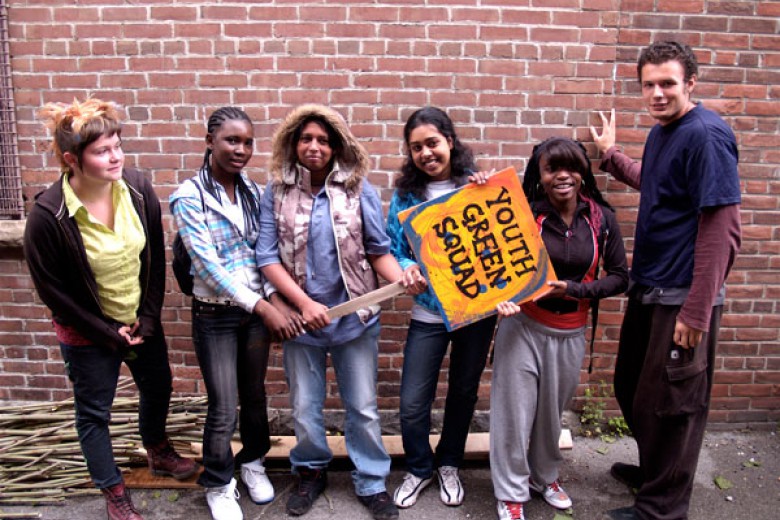
Eat, play, live
-
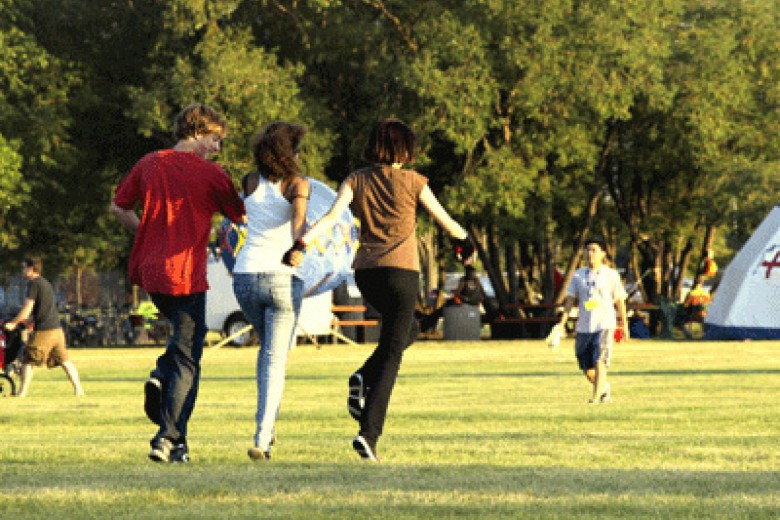
Saskatoon’s green party
-
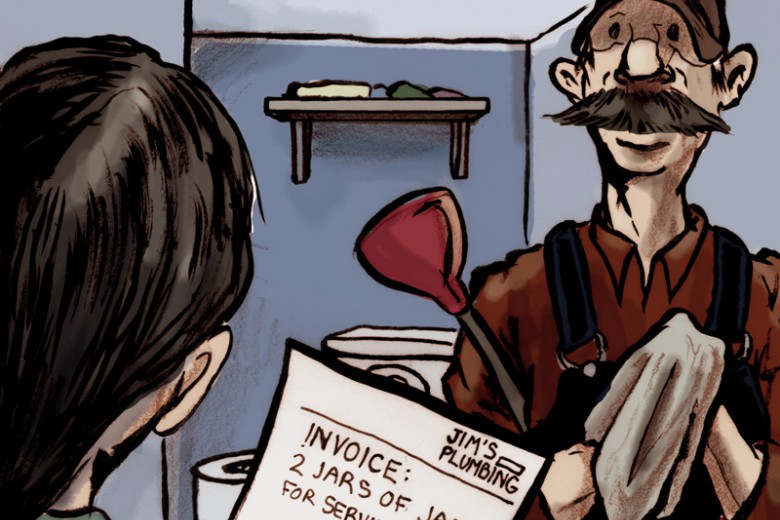
Weird money
-
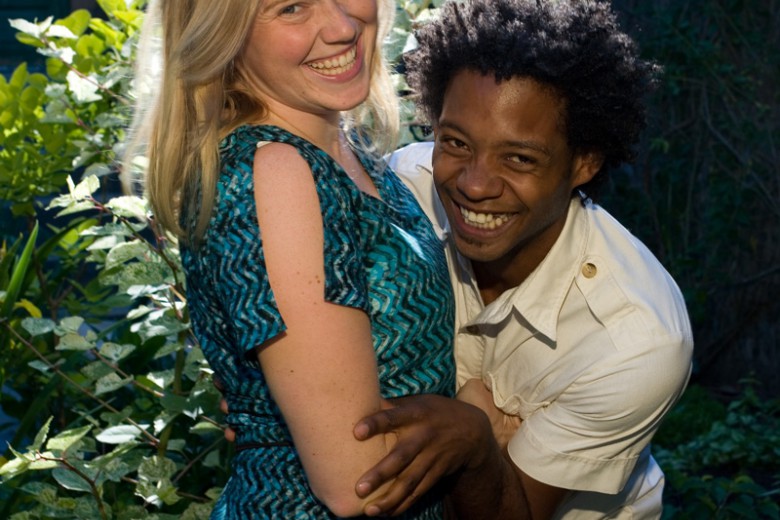
Alternative routes


